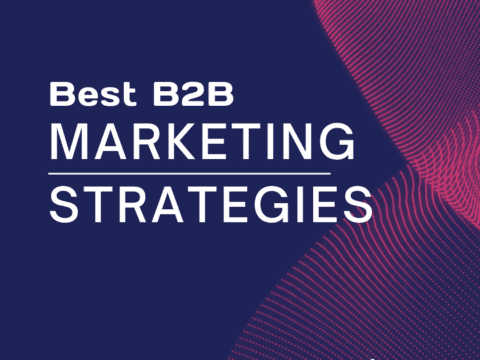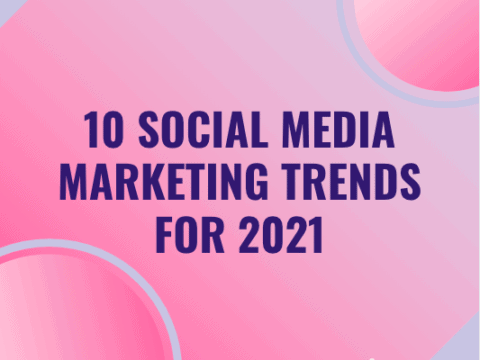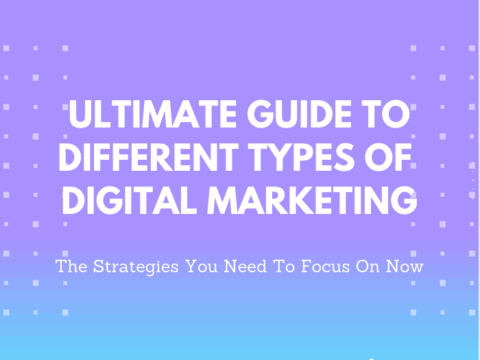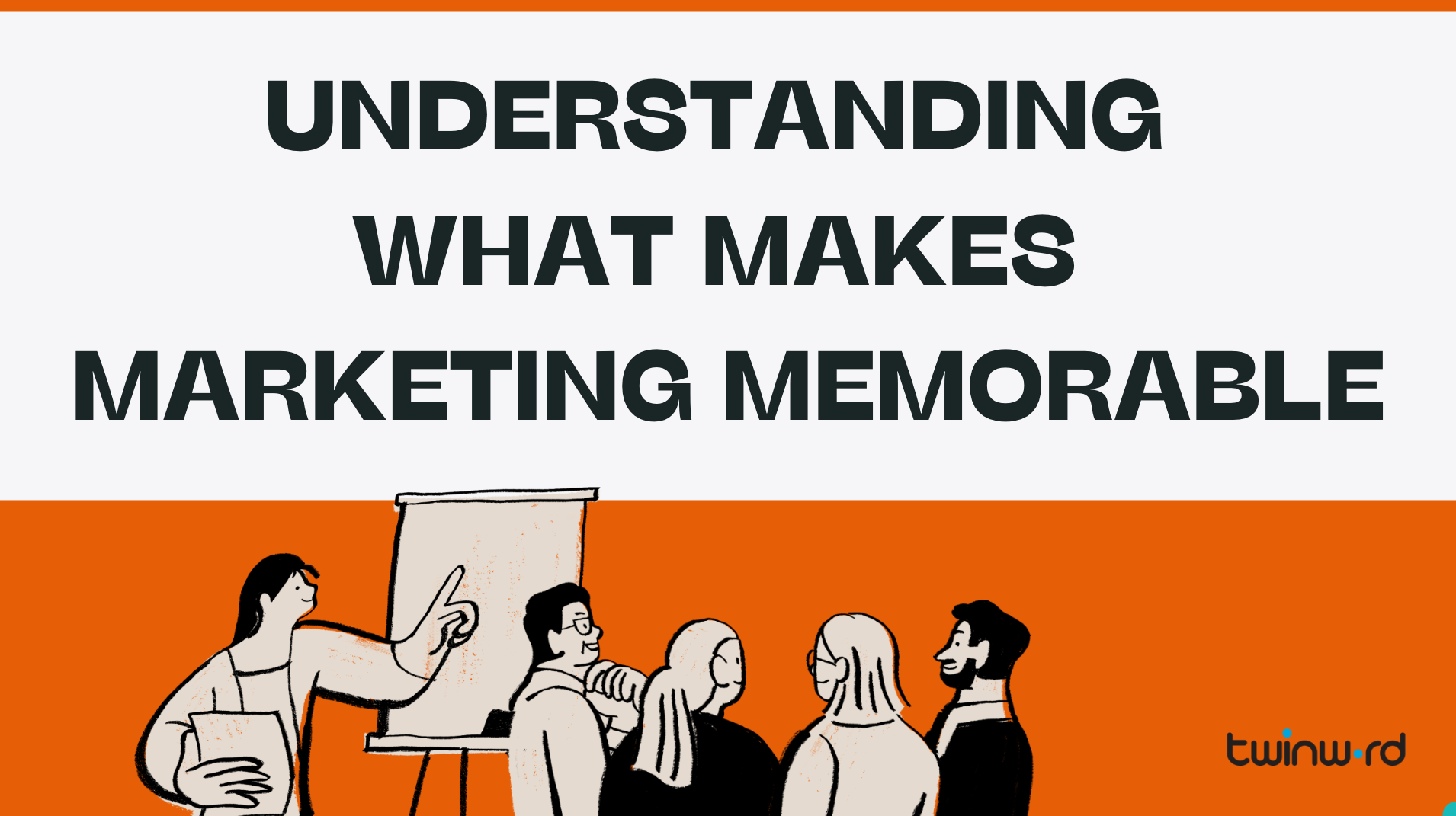
Every day, consumers encounter hundreds of brand messages, from social feeds to billboards, banners, and pop-ups. Yet only a few ads leave a lasting impression. What makes some ads fade into background noise while others stick in our minds? This question lies at the heart of what makes marketing memorable.
In this article, you will learn the core elements of memorable marketing and memorable advertising. We will explore:
- The primary factors that help messages stand out
- How cognitive science explains attention, encoding, and recall
- The SUCCESs framework for simple, unexpected, concrete, credible, emotional, story-based campaigns
- Experiential and immersive tactics that engage multiple senses
- Methods to measure and optimize brand memorability and build brand loyalty
By the end, you will have a clear roadmap for crafting campaigns that cut through clutter, embed in audience memory, and answer how to make marketing memorable. Let us begin with a precise definition of what makes marketing truly memorable.
What Makes Marketing Memorable?
Definition of memorable marketing
Memorable marketing ensures a brand stands out in an information-saturated marketplace. It creates a lasting connection by delivering a clear promise, engaging visuals, and emotional resonance. By aligning creative elements with brand values and customer aspirations, memorable marketing fosters a mental shortcut that aids brand recall at purchase moments.
When campaigns tap into human needs and motivations, they move beyond noise and embed in consumer memory. This blend of clear messaging, sensory stimulation, and emotional appeal is the essence of what makes marketing memorable. Understanding these ingredients is key to building brand memorability and developing memorable brand strategies.
Importance of brand memorability
Strong brand memorability fuels differentiation in crowded markets. Higher recall from memorable campaigns can lead to better conversion rates and improved response to advertising. It also supports long-term loyalty, as consumers return to brands they recognize and trust. Seventy-three percent of consumers want brands to show they understand their needs, reinforcing engagement. Over 90 percent of marketers plan to maintain or boost investment in brand awareness to secure top-of-mind status and support building brand loyalty.
Primary factors that cause signals to stick
- Emotional resonance: Tying messages to feelings builds deeper connections.
- Sensory stimulation: Provocative imagery and sound can boost engagement by over 600 percent.
- Color and design: Choices alone trigger up to 90 percent of impulse purchases.
- Psychological drivers: Motivation, social proof, scarcity, and authority reinforce memory.
These factors underlie marketing memorability and provide a foundation for memorable advertising and memorable brand strategies.

The Science Behind Stickiness: How Memory Works in Marketing
Marketing messages become sticky when they tap into how our brains pay attention, encode new information, and later recall it. Understanding core principles of cognitive neuroscience and memory consolidation lets marketers design campaigns that linger long after initial exposure.
Neurological Triggers of Memory
Our brains store concepts as networks of linked nodes. When a marketing cue activates one node, such as a product name, it spreads activation to related associations, strengthening those links. Clear messaging that ties a brand to a desired outcome (for example, “energy boost”) can establish robust memory pathways.
Dopamine release during engaging moments also enhances hippocampal activity, improving long-term consolidation of the marketing message. These neurological triggers are at the heart of building brand memorability.
Role of Attention and Novelty
Attention is the gatekeeper of memory. If audiences divide their focus during an ad, encoding drops dramatically. Studies show that multitasking at the moment of exposure reduces recall by up to 40 percent, while distraction during retrieval mainly slows reaction time without erasing memory.
Divided Attention Effects
- Encoding stage: Splitting focus before or during ad viewing weakens memory formation.
- Retrieval stage: Distraction during recall slows response but has a smaller impact on accuracy.
Power of Novelty
Introducing unexpected elements, surprising visuals, a twist in narrative, or an unusual sound, captures attention. Novelty interrupts habituation, prompting the brain to allocate more resources to process and store the new stimulus. This selective focus on fresh information lays the groundwork for stronger recall.
Multi-Sensory Integration
Memory performance improves when information arrives through multiple senses. Cross-modal cues, like combining memorable audio jingles with striking visuals, create richer memory traces. Visual feature binding, which links “what” and “where” details, depends on focused attention. When an ad synchronizes touch, sound, and sight, each sensory channel reinforces the others, making the experience more vivid and easier to retrieve.
By leveraging these cognitive principles, targeting strong neural links, seizing attention with novelty, and engaging multiple senses, marketers can craft messages that stick. This scientific foundation supports any strategy for how to make marketing memorable.
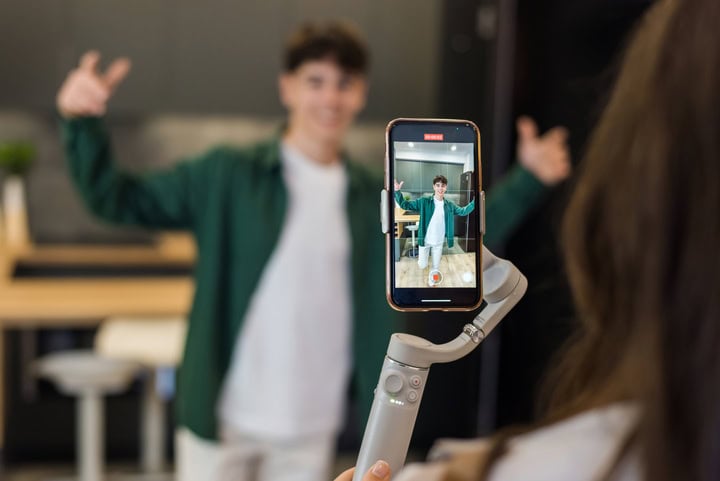
Applying the SUCCESs Framework to Marketing
Below, we break down the SUCCESs framework and show how brands use it to make campaigns truly memorable. Each principle helps messages cut through the noise and stick in the mind.
Simple: Finding the core message
Keeping messages simple means stripping away all but the most essential idea. Distill your message to one sentence or phrase and avoid jargon or extra details. A clear core message acts as the anchor for all creative elements in memorable advertising.
Examples in action
- “Generasi Micin” captures a bold flavor promise in just two words.
- Southwest Airlines’ slogan “The Low Fare Airline” sums up its value proposition.
Unexpected: Capturing attention
To seize attention, introduce an element that surprises or bends the rules. Use an unexpected twist in visuals or copy. Violate routine to jolt focus back to your message and demonstrate marketing memorability.
Memorable campaigns
- Kopi Kenangan paired coffee with unusual flavors to spark conversation.
- A safety demo on a flight began with the lyric “50 Ways to Leave Your Lover” to snap passengers out of autopilot.
Concrete: Using vivid details
Concrete messages use clear, sensory language that audiences can picture or feel. Translate abstract benefits into tangible impact. Include numbers, comparisons, or vivid metaphors.
Making ideas tangible
- “Your IDR 150,000 provides a month’s worth of school supplies for one child.”
- Aesop’s fox calls unreachable grapes “sour,” embedding the lesson in a simple image.
Credible: Building trust
Credibility anchors your message in evidence or authority so audiences believe and remember it. Cite striking statistics or expert endorsements. Reference respected institutions or real-world examples.
Strengthening your claim
- An anti-war ad noted today’s arsenal is 5,000 times more powerful than Hiroshima’s bomb.
- Quotes from university research or industry leaders lend weight to product claims.
Emotional: Connecting with feelings
Emotion drives action more than facts alone. Tap empathy, excitement, or nostalgia to form deeper bonds. This principle is central to emotional marketing and memorable brand strategies.
Emotional impact
- Sharing one family’s struggle for education prompts more engagement than thousands of statistics.
- Research shows donors respond more after seeing one child’s plight than hearing large numbers.
Stories: Driving mental rehearsal
Stories combine all SUCCESs elements into a narrative that audiences mentally replay. Introduce characters, conflict, and resolution. Weave in simple, unexpected, concrete, credible, and emotional components.
Narrative examples
- The “Save 20 OCBC NISP” campaign used a plot-driven approach with relatable characters.
- Bank Central Asia told the story of a small Balinese business overcoming hurdles, illustrating brand values in action.

Experiential Marketing: Bringing Brands to Life
Experiential marketing uses immersive touchpoints to engage multiple senses and create memorable brand moments. By inviting consumers to see, touch, taste, or explore, brands build deeper connections and spark organic conversations. This hands-on approach embeds product experiences in consumer memory and fuels long-term loyalty and brand memorability.
Hands-on events and demos
Hands-on events let people interact directly with products under expert guidance. Sessions often include micro-workshops, guided trials, and live tutorials. Benefits include:
- Active participation boosts memory retention
- Real-time feedback enhances product development
- Sensory cues like scent and sound reinforce brand identity
Multi-sensory engagement
Combining touch, visual displays, and ambient audio strengthens recall. For example, a car maker might let attendees sample interior materials while experiencing simulated drive sounds. A beverage brand could pair flavor samples with branded playlists. Each layer of sensory input creates a richer memory trace and deepens brand resonance.
Pop-up activations
Pop-up activations turn public venues into immersive environments. They signal exclusivity and drive curiosity. Key design elements include interactive displays, themed decor that reflects the brand story, and social-media-friendly photo spots.
Pop-ups also benefit from local partnerships with influencers or venues, teaser campaigns on social channels, and QR codes or geo-fenced ads to capture leads.
Planning and promotion
Effective pop-ups start with a clear location strategy. Brands partner with local venues and use teaser posts to build anticipation. Geo-fenced ads and on-site QR codes guide visitors to key displays and capture contact data for follow-up campaigns.
Metrics for experiential impact
Assess experiential marketing with both quantitative and qualitative metrics. Common measures include:
- Foot traffic and unique attendee count
- Average dwell time in engagement zones
- Social media management mentions, shares, and hashtag reach
- Survey-based recall rates and net promoter score (NPS)
- Earned media value and press impressions
- Sentiment scores from event-related posts
Data integration
Tools like RFID badges and mobile app check-ins track visitor behavior. Heat maps reveal popular zones. Post-event surveys measure brand recall and purchase intent. Brand lift studies and purchase tracking tie experiences to revenue. Combining online and offline data helps optimize future events and demonstrate ROI.
By engaging multiple senses, fostering direct interaction, and measuring outcomes precisely, experiential marketing brings brands to life. Well-executed events and pop-ups leave lasting impressions, turning attendees into brand advocates and strengthening brand loyalty.

Storytelling Techniques for Lasting Impact
Storytelling in marketing uses narrative to link a brand message with consumer motivation. A clear structure keeps the audience focused. Characters create empathy. Conflict creates tension. Resolution provides satisfaction. When these elements work together, the narrative becomes memorable and shareable.
Story arcs and narrative structures
A well-defined arc guides the audience from start to finish. Use conflict to sustain interest and offer a resolution to drive action.
Freytag’s Pyramid
- Exposition introduces context and characters.
- Rising action builds tension around a challenge.
- Climax marks the turning point in the plot.
- Falling action reveals the cleanup from the conflict.
- Denouement shows a new status quo.
Hero’s Journey
- Call to adventure draws characters into new territory.
- Trials test their resolve.
- Transformation brings growth.
- Return home highlights the change and impact.
These narrative models make complex messages easier to follow. Each stage offers a chance to reinforce a core benefit or feature.
Character-driven messaging
People connect with people. In marketing narratives, a relatable figure can serve as a proxy for the audience. This builds trust and drives sharing. When brands shift from corporate speak to personal voices, they boost social share rates.
Crafting the persona
- Map demographic and psychographic traits.
- Identify pain points and aspirations.
- Define a transformation arc that mirrors the audience journey.
Use real quotes or testimonials to add authenticity. A leading aid organization focused on child sponsor stories and saw a 30 percent revenue increase. Starbucks linked its voice to local community experiences to deepen engagement.
Integrating brand values into stories
Align storytelling with what the brand stands for to build credibility. When audiences see genuine commitment, they trust the message.
- Embed sustainability or social missions within the plot.
- Highlight customer-driven examples that reflect brand ethics.
- Invite user-generated content to amplify authenticity.
Visual and verbal coherence
- Match tone of voice with narrative style.
- Use a consistent color palette and imagery that reflect values.
- Align visual cues with key story beats to reinforce memory.
Forbes notes that a strong narrative should include authenticity, audience insight, a clear message, emotional appeal, and cohesive visuals. Emerging tools like augmented reality and virtual reality can bring these elements to life. AR and VR experiences let customers step into a brand story and create a more vivid memory.
By weaving arcs, characters, and values into each narrative, marketers can craft stories that stick. These storytelling in marketing techniques inspire action and become part of the audience’s memory.

Emotional Marketing: Tapping into Feelings
Emotional marketing appeals to instinctive responses. People feel first and think second. Brands that tap into core emotions can boost engagement, recall, and loyalty. Use genuine feelings to build personal connections and make messages stick.
Emotional triggers and motivations
Consumers react to four core emotions: happiness, sadness, fear, and anger. Each triggers a different form of engagement.
- Happiness drives sharing and positive brand sentiment.
- Sadness can create empathy and motivate support.
- Fear highlights risk and spurs protective action.
- Anger energizes calls for change or justice.
Align emotional triggers with Maslow’s hierarchy of needs. Safety messages tap into fear and security, while esteem appeals speak to belonging or self-actualization. Visual elements like color also guide feelings. Red can signal excitement or urgency. Blue fosters trust. Green suggests calmness and eco-friendliness. Music sets the tone: fast tracks create urgency. Soft tracks encourage longer interaction.
Balancing emotion with brand message
A strong emotional appeal must deliver a clear brand message and solution. Too much emotion without context can confuse or erode trust. Balance means pairing feelings with facts or a direct call to action.
- Use sound or voiceovers to reinforce your narrative.
- Introduce relatable characters to humanize the brand.
- Provide evidence or a clear next step to drive conversion.
MetLife Hong Kong combines empathy with practical advice by weaving a savings plan into a family story. WWF blends fear of climate impact with calls to donate or act. Both show how to balance emotional marketing with a brand solution.
Case studies of emotional campaigns
Coca-Cola’s Share A Coke personalized cans with names. Nostalgia and surprise led to an 870 percent rise in site traffic and 76,000 virtual cans shared online. Always’ #LikeAGirl challenged stereotypes, delivering an empowering message that earned over 60 million YouTube views and an Emmy Award. WWF’s Stop Climate Change used mutated imagery to spark fear about global warming and drive urgent action. These examples show how emotion can fuel brand loyalty and recall.
By tapping into human emotion, balancing feeling with message, and learning from successful campaigns, marketers can design content that not only captures attention but also remains in audience’s memory.

Innovative Strategies to Amplify Memorability
As competition intensifies, brands need memorable brand strategies that stand out. Here are three approaches that harness data, authenticity, and interactivity.
AI-driven personalized experiences
AI personalization uses machine learning, natural language processing, and generative models to tailor marketing messages in real time. By analyzing browsing history, purchase patterns, and signals such as time of day, brands can surface content that feels relevant and urgent. Three in five consumers want AI tools when they shop, and 71 percent expect tailored experiences. Fast-growing brands generate 40 percent more revenue from personalized campaigns than their peers. AI-driven marketing can reduce acquisition costs by up to 50 percent. In fact, 86 percent of senior leaders call personalization essential to their customer experience strategy.
Real-time segmentation
Real-time segmentation groups users on the fly by behavior. Automated rules can trigger custom offers or dynamic content blocks within emails, web pages, and ads. This agility keeps messages fresh and aligned with the current context.
Predictive recommendations
Predictive algorithms forecast user intent. A coffee retailer, for example, may suggest a latte on a cool morning or an iced tea at midday based on prior orders and local conditions.
User-generated content as social proof
User-generated content (UGC) taps into authenticity and peer influence. When customers share photos, reviews, or testimonials, they become brand advocates and reinforce memory. Campaigns that invite users to post under a shared hashtag can generate thousands of unique stories and images. This volume of content amplifies recall and provides a steady stream of fresh social proof.
Encouraging community contributions
Offer incentives such as contests or featured spotlights to motivate submissions. Clear prompts and simple upload tools can raise participation rates.
Amplifying impact through sharing
Integrate top submissions into marketing assets, from social media posts to display ads. Highlighting real voices adds credibility and helps messages stick.
Augmented reality and immersive tech
Augmented reality and immersive experiences bridge digital and physical worlds. AR try-on tools for retail or branded filters on social platforms can cut through the noise and build strong memory traces. Immersive tech also includes virtual showrooms, 3D product demos, and location-based experiences.
Virtual try-on experiences
Let users visualize products in their own environment. For fashion, beauty, or home goods, simulated previews speed decision-making and reinforce recall.
Gamified brand interactions
Add game elements to AR experiences to boost engagement. Leaderboards, rewards, and shared challenges encourage repeat interactions and social sharing.
By merging AI personalization, user-generated content, and immersive tech, marketers can elevate traditional tactics and create lasting brand impressions. These strategies combine data, authenticity, and interactivity to deliver memorable marketing and build brand loyalty.
Measuring and Optimizing Brand Memorability
Measuring how well your marketing sticks starts with a mix of quantitative testing and real-time insights. Combining survey data, neurometric signals, and social listening lets marketers pinpoint areas for improvement and run iterative A/B tests to boost recall and recognition over time.
Recall and recognition testing
Structured surveys capture both aided and unaided recall. In an old/new recognition test, participants study branded items and then classify them as old or new. Accuracy, response latency, and d-prime scores reveal discrimination ability and bias. Multi-wave studies and response-time analysis help optimize creative elements and audio tracks based on real user data.
Neurometric tools
Eye tracking measures fixation duration on logos and creative assets. EEG tracks brainwave patterns tied to motivation and engagement, while GSR and facial coding gauge emotional arousal. Platforms like MediaScience’s NeuroDial convert these signals into percentile benchmarks for direct comparison. Neurometrics guide adjustments to visuals, copy, and sound to maximize memory encoding.
Social media sentiment analysis
Social listening tools track brand mentions across various forums, blogs, and social media platforms. Sentiment analysis tags comments as positive, negative, or neutral and tracks shifts after campaign launches. Dashboards visualize trends in brand recognition and loyalty signals. Insights from social data inform content tweaks and timing to optimize memorability.
Conclusion
Memorable marketing depends on a clear understanding of how messages are noticed, stored, and recalled. By applying the insights in this article, you can craft campaigns that cut through the noise and embed in audience memory.
Key takeaways:
- Cognitive foundations: Use attention triggers, novelty, and multi-sensory cues to strengthen encoding and recall.
- SUCCESs framework: Keep messages simple, unexpected, concrete, credible, emotional, and story-driven.
- Experiential tactics: Engage consumers through hands-on events, pop-ups, and immersive environments that deepen brand connections.
- Storytelling and emotion: Structure narratives with relatable characters and clear arcs, and balance feeling with a direct brand message.
- Innovative tools: Leverage AI personalization, user-generated content, and AR/VR to create tailored, authentic, and interactive experiences.
- Measurement and optimization: Combine recall tests, neurometrics, and social listening to refine creative elements and prove ROI.
You now have a roadmap for signals that stick. Put these principles into practice to turn fleeting impressions into lasting brand loyalty and stay top of mind in a crowded marketplace.

